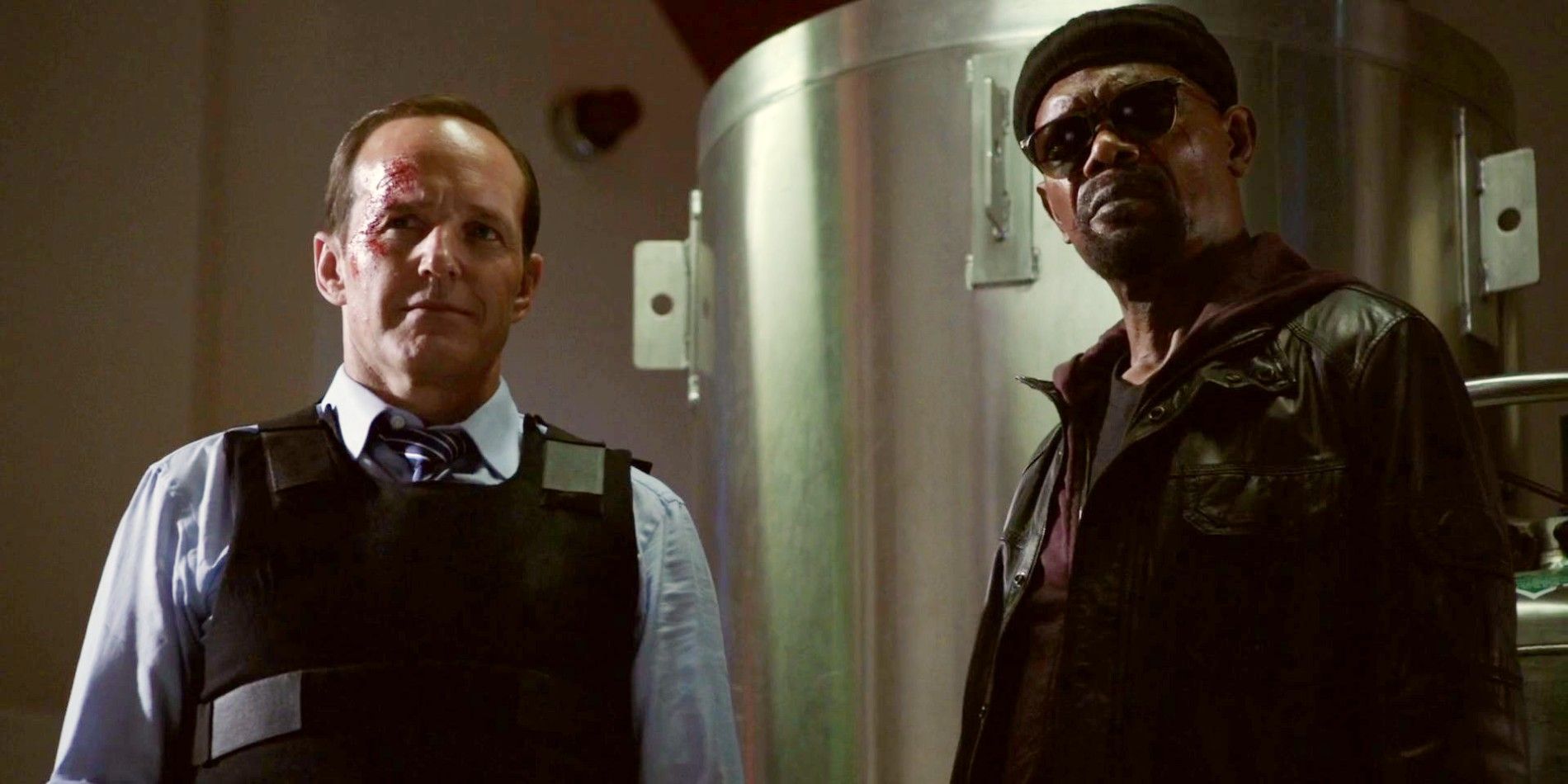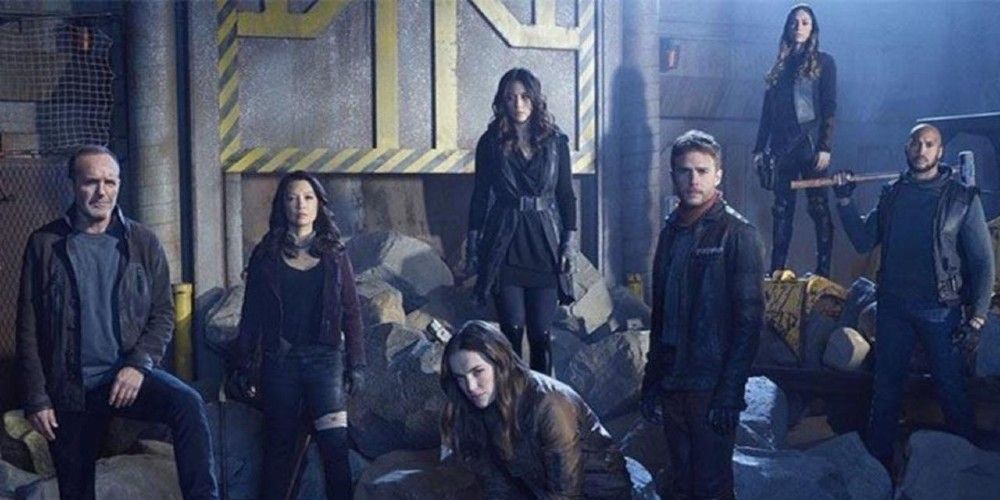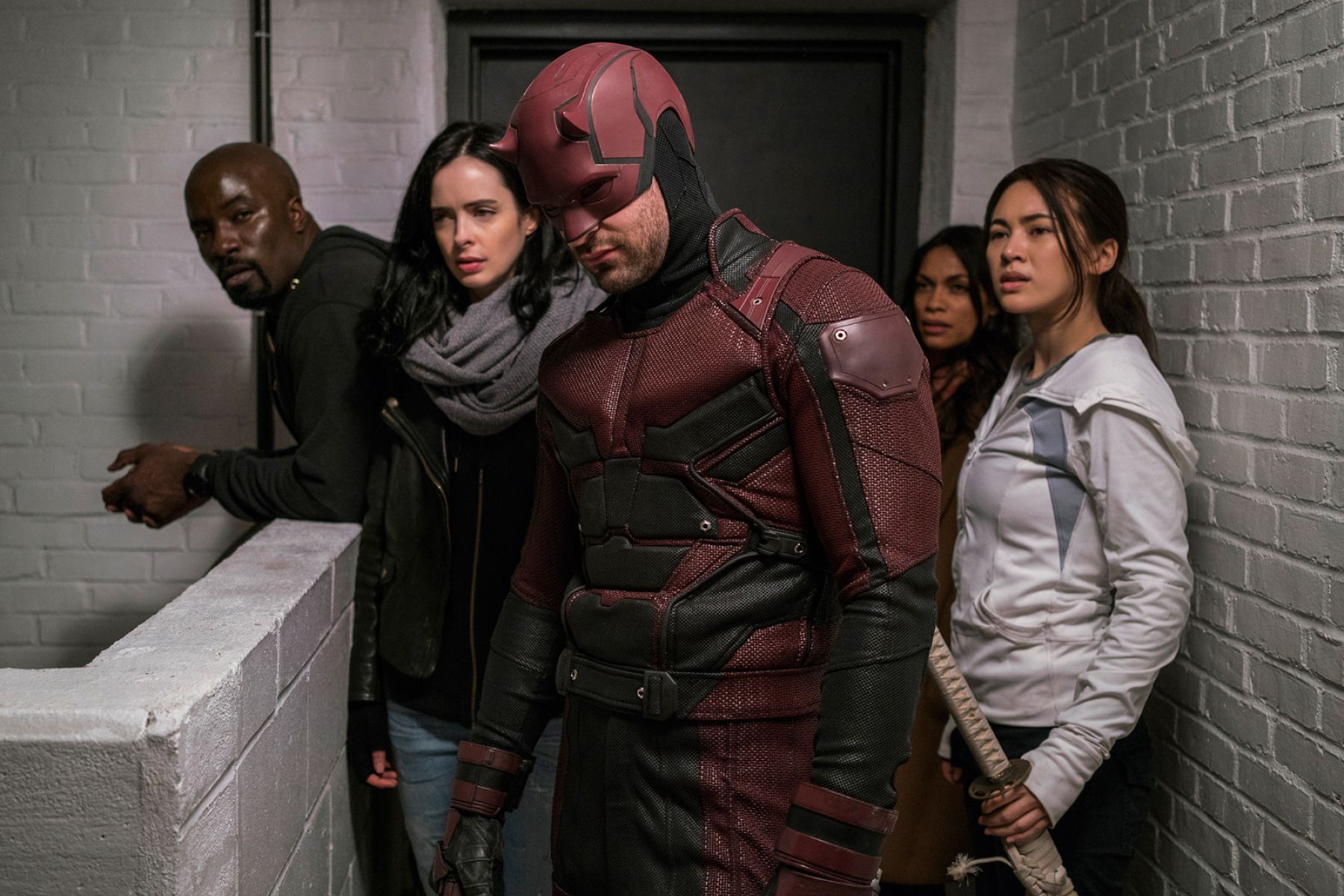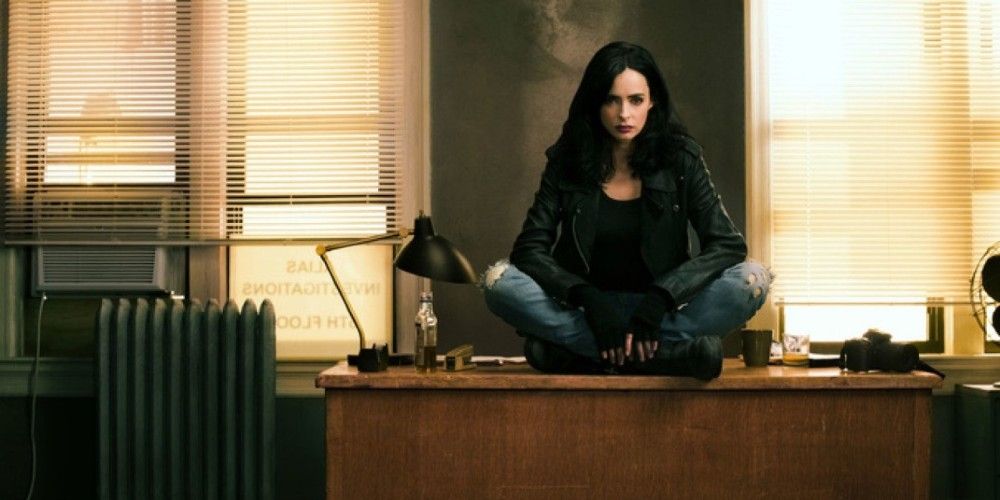Ask any comic book fan, and they’ll tell you a huge pet-peeve is storylines being interrupted by crossover events. Some of the most acclaimed comic book runs – Chris Claremont’s Uncanny X-Men, Frank Miller’s Daredevil, even Al Ewing’s current Immortal Hulk – mostly operate on self-contained mythologies with minimal intrusions from the broader Marvel universe.
Yet every so often some company-wide event will interrupt such focused writing with mandatory changes and tie-ins. The same frustration happens in the movies. The most bemoaned moments in the Marvel Cinematic Universe include Thor’s “visions” of Infinity Stones in Age of Ultron, or Falcon’s cameo in Ant-Man. These scenes are felt as obligatory and inorganic, signs of ordained MCU continuity actually shrinking down the shared universe by tying it all together.
Inarguably many fans also delight in these connections, the entire appeal of the MCU is how characters can overlap and exist simultaneously. Continuity isn’t just superheroes sharing the screen during Avengers films or Thor: Ragnarok, it’s having the after-effects of certain films continue past their initial installments. As the MCU grew bigger, the potential for this continuity continued into other mediums, with several TV shows set in the same Marvel universe. That was the idea, anyway. In practice, Marvel TV may have run parallel to the MCU films, but they never quite actually intersected.
The previous batch of MCU TV shows have all now concluded, and most new Disney+ projects (like WandaVision, The Falcon and the Winter Soldier or a Nick Fury show) feature characters introduced in (if not thoroughly explored by) the MCU films. So it seems these shows will exhibit stronger continuity than their predecessors. But it's worth looking back at previous MCU TV to see how they handled their ethereal state of continuity. And more importantly, whether it really mattered.
The first MCU show was explicitly tied to MCU-continuity; Agents of S.H.I.E.L.D. Agent Phil Coulson (Clark Gregg) had been introduced alongside S.H.I.E.L.D. in Iron Man, even before Nick Fury’s (Samuel L. Jackson) iconic post-credits sequence, and his “death” was a major story beat in The Avengers. This first Avengers was what really solidified the MCU as a worldwide phenomenon, making Agents of S.H.I.E.L.D. effectively a spin-off of it with major storylines revolving around Coulson’s post-Avengers resurrection.
Agents of S.H.I.E.L.D. was closely synergized to the MCU and its continuity, but quickly the problem with this proximity became clear. In its first and inarguably worst season, Agents of S.H.I.E.L.D. was connected enough to the MCU to reference them, but not prominent enough to effect or feature them. In early episodes like “the Well”, the show’s team would arrive just after an MCU film’s events (in this case Thor: The Dark World) and function as a clean-up crew. Several fine comics such as Gotham Central and Marvels have used a similar premise of viewing superheroics from a street-level perspective, but Agents of S.H.I.E.L.D. was faced with the restrictions and exclusivity of live-action adaptations. In terms of continuity, the most it could do was name-drop MCU characters, feature supporting characters like Nick Fury or Maria Hill (Cobie Smoulders) for a couple of episodes, and stay largely out of sight. It appeared like too much continuity had shackled Agents of S.H.I.E.L.D. to the MCU.
Ironically it was another MCU tie-in that freed Agents of S.H.I.E.L.D. from these commitments and grow into its own show. The episode “Turn, Turn, Turn” followed the events of Captain America: The Winter Soldier, which had revealed that S.H.I.E.L.D. had long been infiltrated by their enemy organization HYDRA. Suddenly the foundation of Agents of S.H.I.E.L.D. was overturned, stripping them of their government resources and authority, and even revealing that vanilla team-member Agent Ward (Brett Dalton) was an undercover HYDRA Agent. Ward became one of the show's most intriguing antagonists, and Agents of S.H.I.E.L.D. settled into a new and exciting status-quo.
The removal of S.H.I.E.L.D. from MCU relevancy suddenly freed them to go on increasingly separate adventures, embarking upon increasingly ludicrous storylines that paid little attention to MCU events. Sure, there would be the odd tie-in episode like “The Dirty Half Dozen”, where it’s revealed Coulson is the one who found intel on Loki’s scepter and cultivated a new Helicarrier for Age of Ultron. But mostly Agents of S.H.I.E.L.D became unconcerned with the broader universe, later seasons featuring Ghost Rider, Life Model Decoys, alien planets and time-travel. It was able to adapt minor B-level elements of Marvel comics to populate a self-contained narrative. Indeed, the show became so separate that it was actively jarring when an Alien Confederacy in Season 5’s finale mentions “Thanos” – especially since the universe-wide consequences of Infinity War were never mentioned on this show.
If Agents of S.H.I.E.L.D. began with high MCU-synergy only to steadily ramp it down, the Marvel Netflix shows began at a low level and continued that way throughout. When Daredevil debuted in 2015, it was tonally and aesthetically discordant with the MCU, showing street-level violence and corruption in a world very distinct from the films. Of course, the Netflix show would drop occasional references to the broader MCU, but often being deliberately sly and vague, mentioning “the guy with the hammer” or “the incident in New York” but rarely showing the actual ramifications with living under this new paradigm.
Uncoincidentally, although sometimes mentioning The Avengers impact on “New York”, any MCU films since the Netflix shows started – the Accords and Captain America’s defection from Civil War, half the world disappeared in Infinity War – were simply ignored. The existence of other superheroes was downplayed so that only Daredevil even gets a costume and super-hero persona at the end of his first season, and even after he and the other Netflix heroes meet in The Defenders, afterwards they all (with the exception of some episodes in Luke Cage season 2) go their separate ways. Indeed, the fact Alfre Woodard played unrelated characters on Luke Cage and in Civil War exemplifies the schism between the mediums.
Not that this division is inherently wrong. Sure, it could be frustrating that the promise of cross-platform MCU integration was never properly delivered aside from teasing of half-hearted comments, but the Netflix shows wouldn’t necessarily have improved with greater fidelity to the established films. These characters might have overlapped more in the comics, but Jessica Jones still works as a solo adaptation of her character. Season 1 is not weaker by forgoing Jessica’s former superhero career as Jewel (itself a retroactive continuity addition anyway), so aside from a quick reference to the costume, it is able to function as a stand-alone story of power and abuse. By obfuscating the wider MCU, the Netflix shows were able to focus upon their own universes.
Continuity is a hard factor to balance. Have too little and it feels pointless, have too much and it stops being fun. Continuity can be the scaffold that holds these silly fictional universes together, but too many pieces can turn it into a cage. For better or worse, the old MCU TV shows operated under a semi-continuity, one that acknowledge the existence of a greater universe somewhere outside their view, but one that was rarely incorporated into their stories. If nothing else it’s easier to keep straight. If (as some have speculated), Scarlet Witch is responsible for shenanigans into the upcoming Dr Strange: In the Multiverse of Madness, can general audiences really be expected to watch WandaVision to update her character development? Then again, she and Vision already had plenty of off-screen developments between Age of Ultron and Civil War and Infinity War. Maybe all timeline gaps are opportunities to fill in the blanks. As always, the most important thing is to make the characters and their worlds feel relevant and interesting in themselves, before expanding them out into a greater collective.




